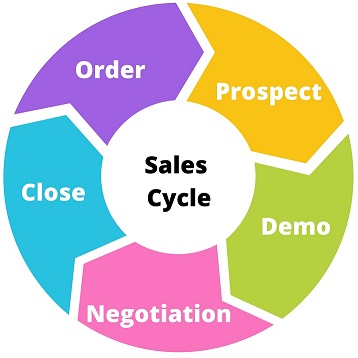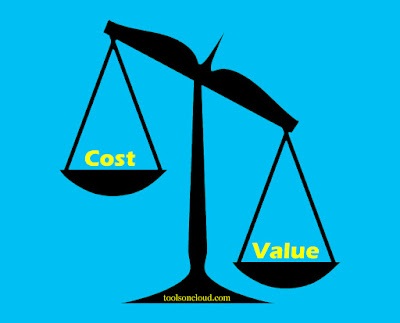What is Upselling?
Upselling is a selling technique where the seller tries to sell or pitch a higher-value product that is similar to the product which the customer intends to purchase at the moment. This increases the value of the transactions and helps improve the average revenue per transaction.
This is usually done by proposing a higher version of the product or a similar product with more features compared to the current product under consideration for purchase. The seller tries to drive the customer to understand the value of the higher-priced products so that they purchase them.
An example of Upselling
Let us take the same Laptop purchase example discussed in our last post on Cross-selling.
Assume that you went to purchase a Laptop from an electronics store. The seller asked about your need for buying the laptop. You explained to him that you need it for your work. The seller tries to understand your context deeper by trying to delve deeper. He inquires about the type of work you would do. He gets to know that you are a Software Engineer and would require a higher-end version of the laptop in the future for better performance.
Then the seller tries to propose to you to buy an enhanced version of the laptop with more features and capabilities compared to the one which you had initially planned. He tries to explain to you the features of the higher-priced laptop and the value which you may get buying it. You find the discussion convincing enough to purchase the higher-value laptop and finally purchase it.
This way the seller was able to improve his revenue of the transaction and you as a customer were also able to derive a better deal in terms of value.
How does Upselling help?
- Upselling helps to increase the revenue of the organization
- Upselling helps the customer to get more value out of his purchase transaction. Customers usually agree to purchase the higher version of the product keeping their context and future in mind. Many customers buy high-value products by foreseeing the future Return on Investment (RoI).
- Upselling also helps the seller build a better relationship with their customers.
- Upselling is usually easier compared to another selling technique of Cross-selling. This is because customers are more likely to purchase a similar yet high-value and high-priced product compared to buying an add-on product which happens in the case of cross-selling.


















